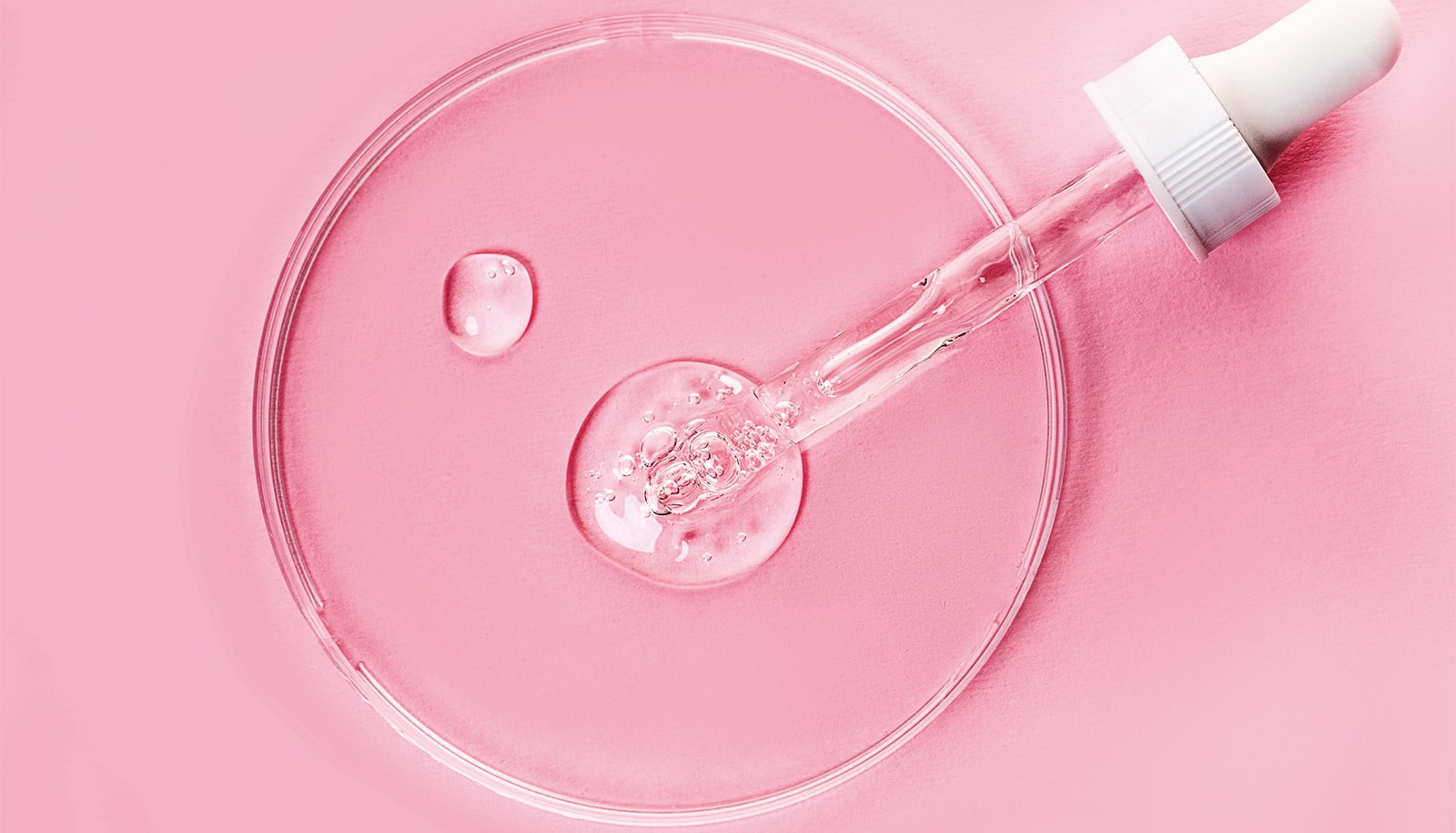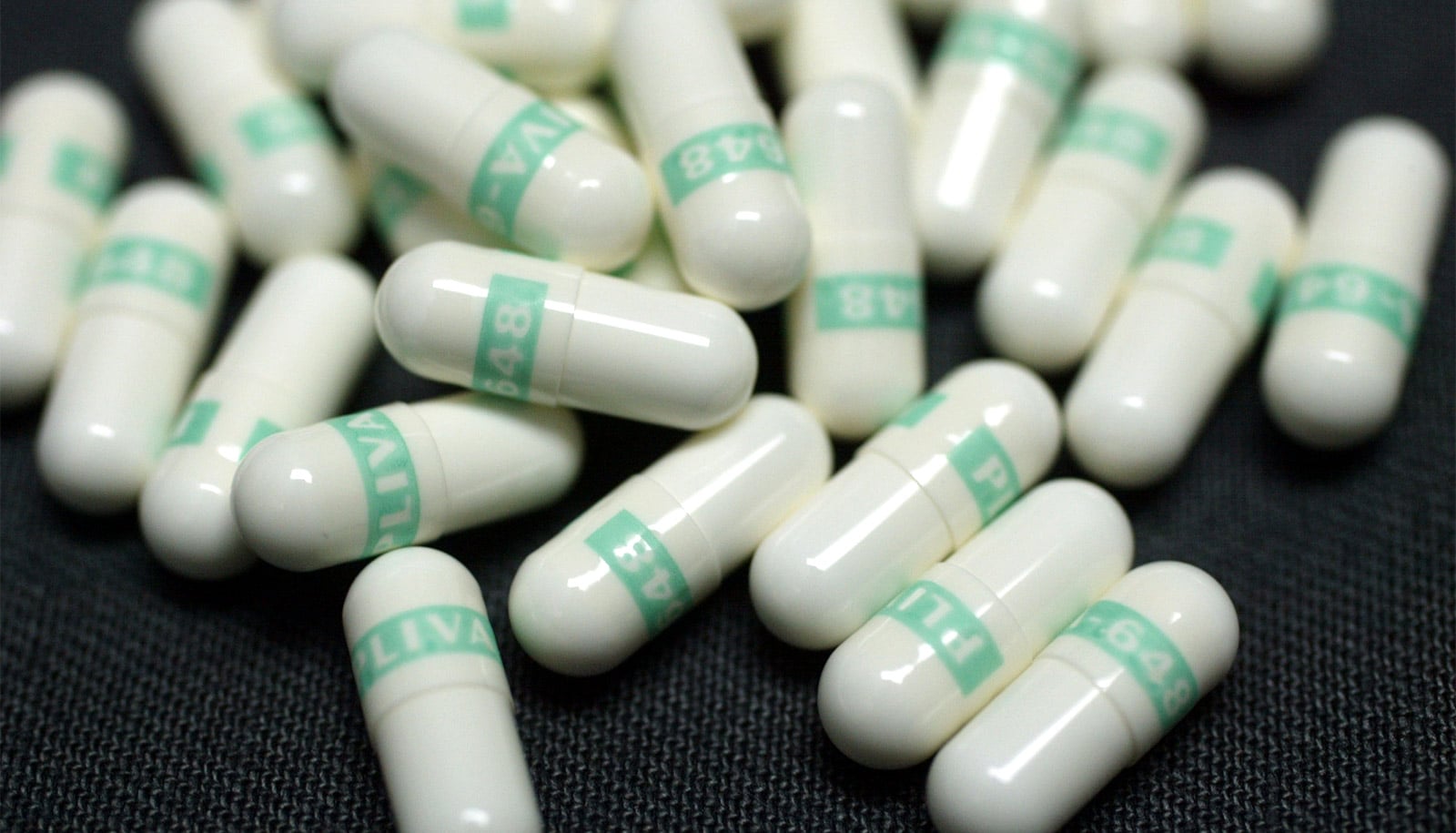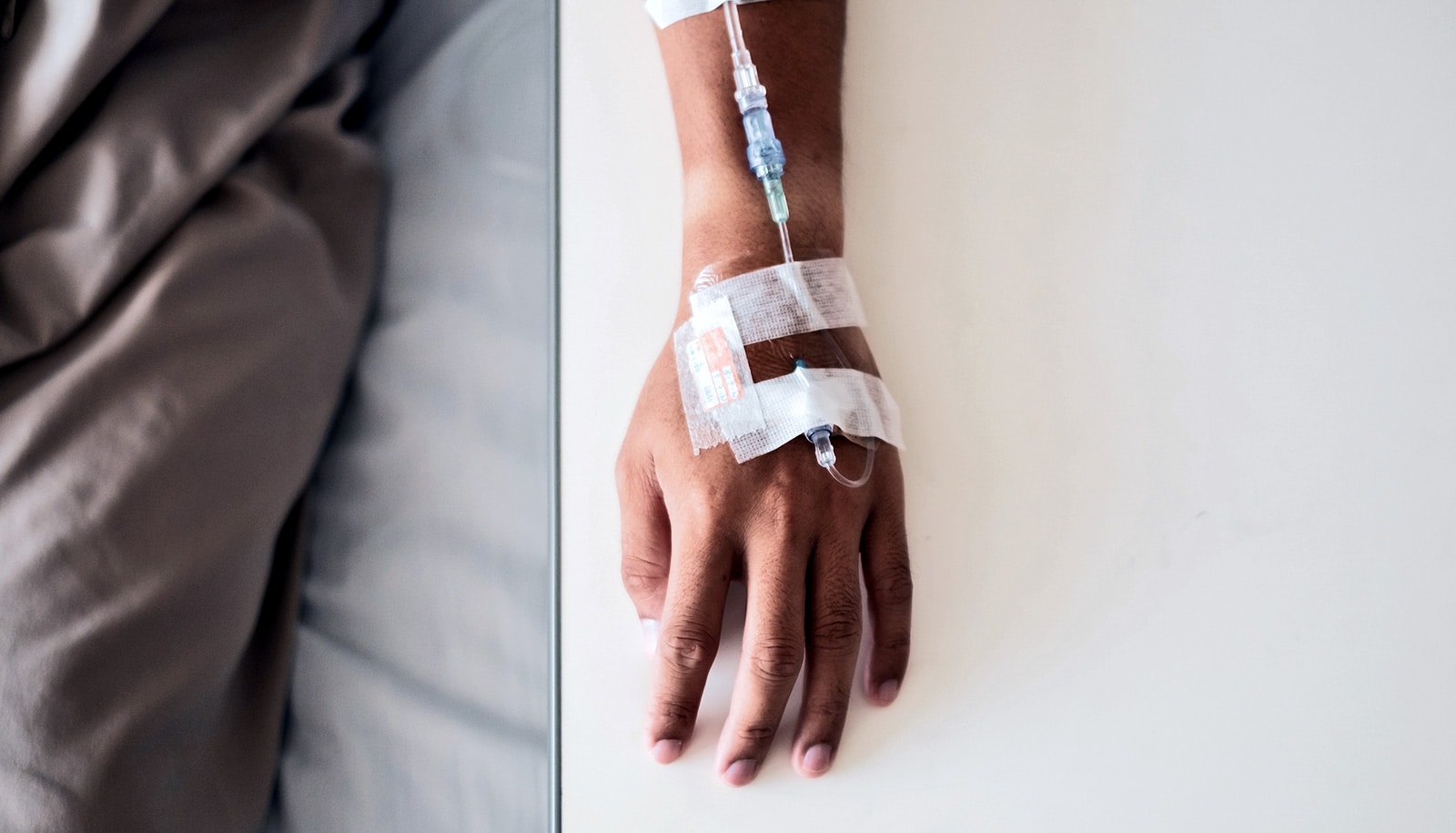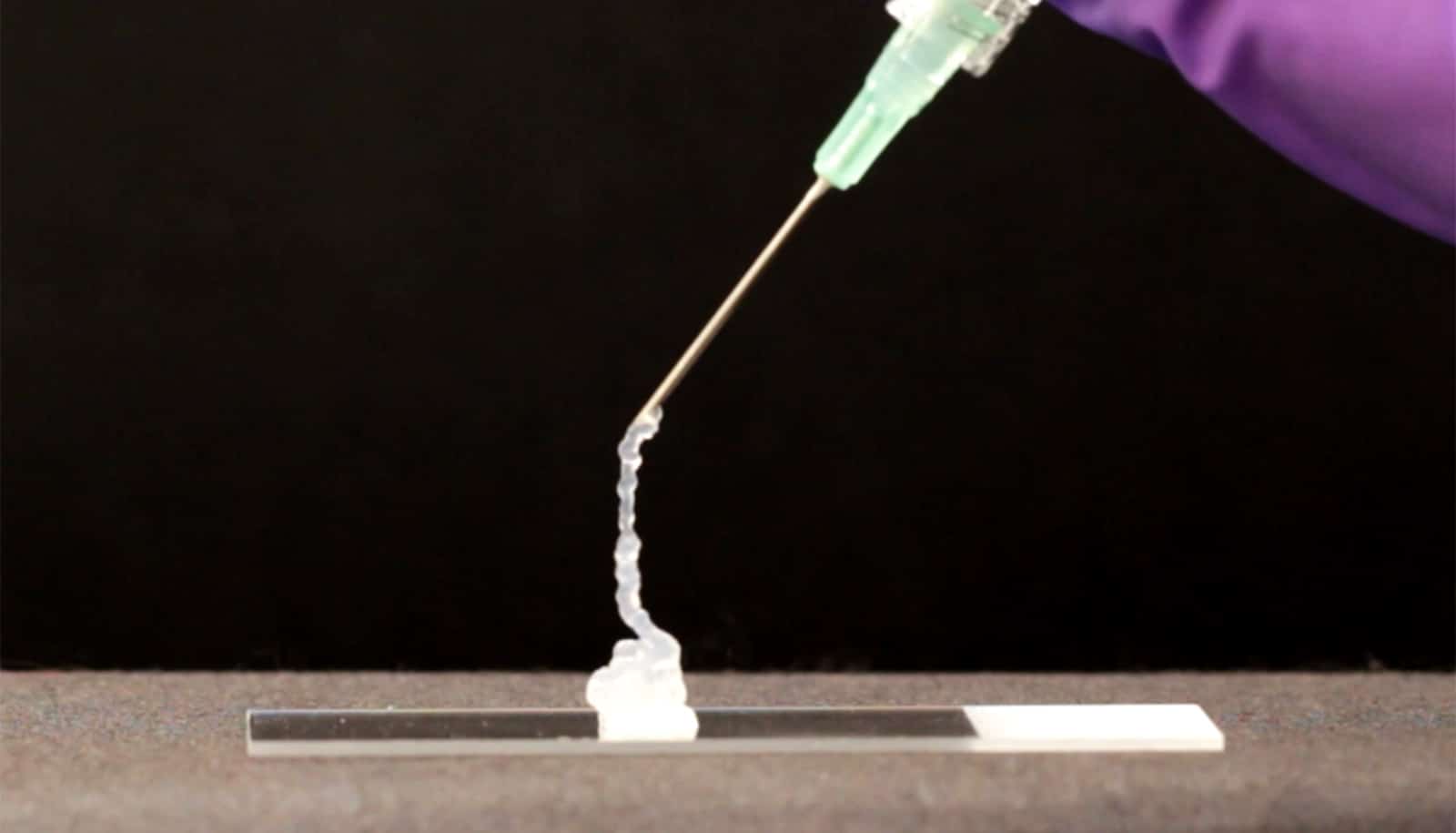Medication delivered by a new gel cured 100% of mice with an aggressive brain cancer, according to a new study.
The striking results offer new hope for patients diagnosed with glioblastoma, one of the deadliest and most common brain tumors in humans.
“Despite recent technological advancements, there is a dire need for new treatment strategies,” says Honggang Cui, a chemical and biomolecular engineer at Johns Hopkins University who led the research. “We think this hydrogel will be the future and will supplement current treatments for brain cancer.”
Cui’s team combined an anticancer drug and an antibody in a solution that self-assembles into a gel to fill the tiny grooves left after a brain tumor is surgically removed.
As reported in the Proceedings of the National Academy of Sciences, the gel can reach areas that surgery might miss and current drugs struggle to reach to kill lingering cancer cells and suppress tumor growth.
The gel also seems to trigger an immune response that a mouse’s body struggles to activate on its own when fighting glioblastoma. When the researchers re-challenged surviving mice with a new glioblastoma tumor, their immune systems alone beat the cancer without additional medication.
The gel appears to not only fend off cancer but help rewire the immune system to discourage recurrence with immunological memory, the researchers say.
Still, surgery is essential for this approach, the researchers say. Applying the gel directly in the brain without surgical removal of the tumor resulted in a 50% survival rate.
“The surgery likely alleviates some of that pressure and allows more time for the gel to activate the immune system to fight the cancer cells,” Cui says.
The gel solution consists of nano-sized filaments made with paclitaxel, an FDA-approved drug for breast, lung, and other cancers. The filaments provide a vehicle to deliver an antibody called aCD47. By blanketing the tumor cavity evenly, the gel releases medication steadily over several weeks, and its active ingredients remain close to the injection site.
By using that specific antibody, the team is trying to overcome one of the toughest hurdles in glioblastoma research. It targets macrophages, a type of cell that sometimes supports immunity but other times protects cancer cells, allowing aggressive tumor growth.
One of the go-to therapies for glioblastoma is a wafer co-developed by a team of researchers at Johns Hopkins and the Massachusetts Institute of Technology in the 1990s, commercially known as Gliadel. It is an FDA-approved, biodegradable polymer that also delivers medication into the brain after surgical tumor removal.
Gliadel showed significant survival rates in laboratory experiments, but the results achieved with the new gel are some of the most impressive the Johns Hopkins team has seen, says coauthor Betty Tyler, an associate professor of neurosurgery at the Johns Hopkins School of Medicine who played a pivotal role in the development of Gliadel.
“We don’t usually see 100% survival in mouse models of this disease,” Tyler says. “Thinking that there is potential for this new hydrogel combination to change that survival curve for glioblastoma patients is very exciting.”
The new gel offers hope for future glioblastoma treatment because it integrates anticancer drugs and antibodies, a combination of therapies the researchers say is difficult to administer simultaneously because of the molecular composition of the ingredients.
“This hydrogel combines both chemotherapy and immunotherapy intracranially,” Tyler says. “The gel is implanted at the time of tumor resection, which makes it work really well.”
Coauthor Henry Brem, who co-developed Gliadel in addition to other brain tumor therapies currently in clinical trials, emphasizes the challenge of translating the gel’s results in the lab into therapies with substantial clinical impacts.
“The challenge to us now is to transfer an exciting laboratory phenomenon to clinical trials,” says Brem, who is neurosurgeon-in-chief at Johns Hopkins Hospital.
Source: Johns Hopkins University



